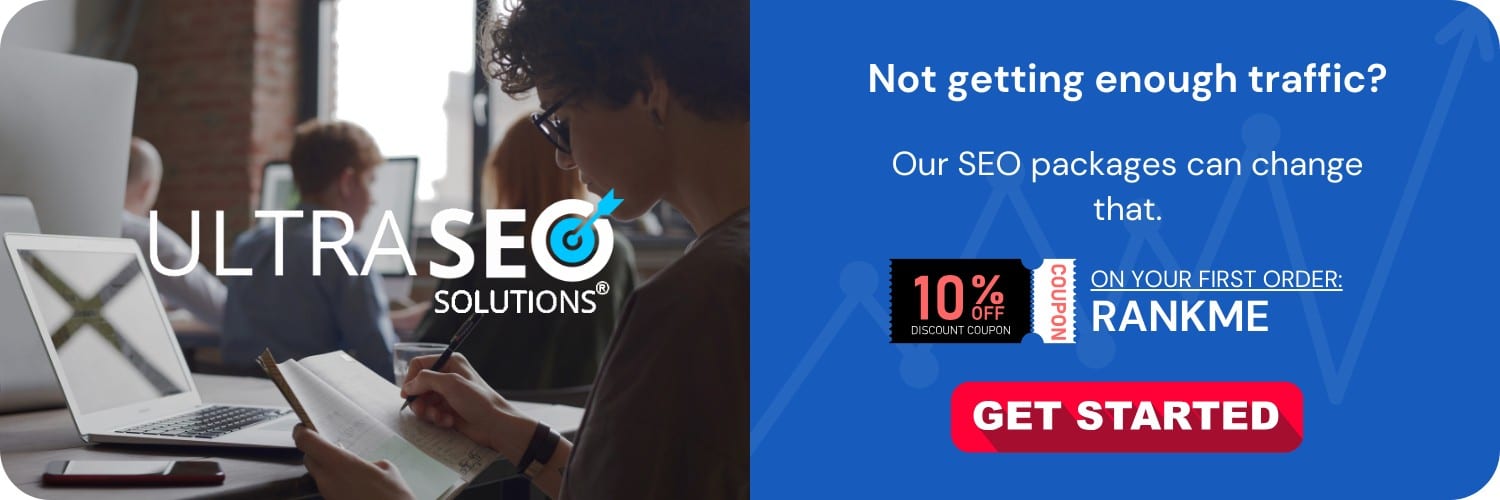
The best SEO practices for a children’s education website involve crafting high-quality, engaging content relevant to both children and parents, optimizing for mobile devices, improving page load speeds, and ensuring a secure, user-friendly navigation structure. Utilizing long-tail keywords, creating compelling meta tags, and building authoritative backlinks also play a crucial role. Now, let’s explore these practices in detail.
Understanding the Audience
Creating Content for Kids and Decision-Makers
Just like any educational environment, understanding your audience is the key to success. A children’s education website must cater to two distinct groups: the children who use the educational materials and their parents or educators who make the decisions. Content should be colorful, interactive, and engaging to capture the children’s interest, while also being informative and reassuring for the decision-makers.
Keyword Research for Education
Conducting keyword research with tools like Google Keyword Planner or Moz Keyword Explorer can help identify the terms and phrases that parents and educators use when looking for resources. Focusing on long-tail keywords that are specific to children’s education will drive more targeted traffic and potentially improve conversion rates.
Website Structure and User Experience
Designing for Intuitiveness and Engagement
A well-organized site structure and an intuitive navigation system are essential to keep users on the site. The site should feature a clean design with clear categories labeled with age groups or subjects to help visitors find what they need quickly.
Mobile Responsiveness
Children often use tablets or their parent’s smartphones to access educational content, making mobile responsiveness non-negotiable. Use responsive design to ensure that the website delivers a seamless experience across all devices.
Enhancing Page Load Speed
Slow-loading pages can deter visitors from staying on your site, especially impatient young learners. Use tools like Google’s PageSpeed Insights to evaluate and improve your site’s loading times.
Content Creation and Optimization
Producing Educational and Engaging Content
Create content that educates and entertains — think interactive quizzes, colorful infographics, and educational videos. Quality content is likelier to engage visitors and encourage them to share, generating backlinks organically.
Optimizing for SEO
Each piece of content should be optimized for search engines. This includes using meta titles and descriptions that accurately describe the content and entice clicks, structuring content with proper header tags, and naturally integrating keywords.
Regularly Updating Content
Fresh content is viewed favorably by search engines. Keep a regular posting schedule and update existing content to ensure it remains accurate and relevant.
Technical SEO for Educations Sites
Implementing Schema Markup
Utilize schema markup to give search engines explicit clues about the meaning of a page. For instance, marking up events like school fairs or educational seminars can enhance visibility in search results.
Securing the Site with HTTPS
A secure site is crucial, especially when handling children’s information. Ensure your site uses HTTPS encryption to protect user data and improve trustworthiness in the eyes of both visitors and search engines.
Building Authority and Trust
Establishing a Backlink Profile
Secure backlinks from reputable educational institutions and resource sites. These backlinks serve as a vote of confidence to search engines and can significantly impact your site’s authority.
Engaging with the Educational Community
Participate in educational forums, social media groups, and other communities. Engaging with your audience can lead to natural link-building opportunities and increased brand visibility.
Analytics and Improvements
Utilizing Analytics Tools
Google Analytics and Google Search Console provide insights into how visitors interact with your website. Use these tools to track progress, understand user behavior, and make data-driven decisions.
Maintaining Compliance with COPPA
The Children’s Online Privacy Protection Act (COPPA) sets requirements for websites that target children under 13. Ensure your website is compliant with these regulations to avoid legal repercussions and maintain trust with your audience.
Local SEO and Listings
Optimizing for Local Searches
If your site caters to a local community or has a physical location, optimize for local search by claiming your Google My Business listing, adding location-specific keywords, and building local citations.
Building Partnerships for Local Visibility
Forge partnerships with local schools, libraries, and educational organizations. These relationships can lead to local media mentions and help build community trust.
Finishing Thoughts
Executing the best SEO practices for a children’s education website is about understanding and serving your dual audience while maintaining a strong, technical SEO foundation. It requires continuous effort, monitoring, and adaptation to the evolving search landscape. Engage both children and decision-makers with content that educates and entertains, ensure a smooth and responsive user experience, maintain security and privacy, and build a community around your educational offerings. By following these guidelines, you can position your site to perform well in search results, attract the right visitors, and ultimately become a trusted resource in the children’s educational space.
Frequently Asked Questions
What is SEO and how can it benefit a children’s education website?
SEO, or Search Engine Optimization, involves optimizing a website to improve its visibility in search engines’ unpaid results. For a children’s education website, effective SEO practices can increase the site’s ranking for relevant searches, leading to higher traffic, enhanced user engagement, and potentially greater impact on the educational outreach of the site.
What are some key on-page SEO tactics for a children’s education website?
Key on-page SEO tactics for such a site include the use of relevant and age-appropriate keywords in the content, meta tags, and ALT tags for images; ensuring content is high-quality and educational; optimizing site structure with clear navigation; using header tags effectively; and ensuring the website is mobile-friendly and loads quickly.
How does content quality affect SEO for children’s education websites?
Content quality is crucial for maintaining a higher rank in search engine results. Engaging, informative, and original content tailored to the target audience (children, parents, and educators) will encourage more time spent on the site, reduce bounce rates, and garner backlinks from reputable sources, all of which positively influence SEO.
Why is mobile optimization important for SEO on a children’s education website?
Mobile optimization is essential since more users, including parents and children, are accessing the web on mobile devices. A mobile-friendly website improves user experience, increases the time spent on the site, and is favored by search engines like Google, leading to better rankings and greater visibility.
How can I use keywords effectively for a children’s educational site without keyword stuffing?
Focus on using relevant keywords naturally within the content, titles, headings, and meta descriptions. Perform keyword research to understand what terms your target audience uses and create educational materials that incorporate these terms contextually. Avoid overusing keywords, as this can lead to a penalty from search engines for keyword stuffing.
Is it important to include multimedia elements for SEO in a children’s education website?
Yes, incorporating multimedia elements like images, videos, and interactive content can engage children more effectively, keep them on the page longer, and make complex educational concepts easier to understand. This engagement signals to search engines that your website is valuable, potentially improving your SEO.
How can I improve the backlink profile for my children’s education website?
To improve your backlink profile, create shareable content, engage with educational communities, collaborate with other educators, and reach out to reputable educational websites to feature your content or offer guest blog posts. High-quality backlinks from authoritative sources significantly impact SEO performance.
Why is the website’s loading speed critical for SEO?
Website loading speed is one of the factors search engines use to rank pages. A faster-loading site provides a better user experience, especially important for young users with limited attention spans. A slow website can increase bounce rates and negatively affect your site’s SEO rankings.
Can social media affect the SEO of a children’s education website?
While social media signals do not directly influence SEO rankings, a strong social media presence can drive traffic, increase brand awareness, and lead to more backlinks as your content is shared. These factors can indirectly improve SEO for a children’s education website.
What are some common SEO mistakes to avoid with a children’s education site?
Common mistakes include neglecting mobile optimization, using too much technical jargon not understandable by the target audience, underestimating the importance of multimedia elements, ignoring the need for high-quality, engaging content, and failing to update the website with fresh material regularly. Avoid these to maintain and improve your SEO standings.






